Home>Articles>What Breakers Are Compatible With Homeline Panels


Articles
What Breakers Are Compatible With Homeline Panels
Modified: January 6, 2024
Looking for articles on what breakers are compatible with Homeline panels? Find all the information you need in this comprehensive guide.
(Many of the links in this article redirect to a specific reviewed product. Your purchase of these products through affiliate links helps to generate commission for Storables.com, at no extra cost. Learn more)
Introduction
Welcome to the world of Homeline panels, where dependable electrical distribution and safety meet. In any residential or commercial building, the electrical panel serves as the control center for power distribution. It is crucial to ensure that the breakers used in these panels are compatible and meet the necessary safety standards.
In this article, we will explore the importance of using compatible breakers with Homeline panels. We will discuss why compatibility matters, the risks associated with using incompatible breakers, and how to identify and install the right breakers for your Homeline panel.
So, whether you are a homeowner looking to upgrade your electrical system or an electrician seeking information on Homeline panel compatibility, let’s dive in and discover the essential aspects of this topic.
Key Takeaways:
- Using compatible breakers with Homeline panels is crucial for safety, performance, and warranty protection. It’s essential to follow manufacturer guidelines and choose UL Listed breakers for seamless integration and reliable electrical distribution.
- Prioritize safety and proper installation when adding compatible breakers to your Homeline panel. Always turn off the power, follow the step-by-step guide, and consult a professional if needed to ensure a robust and reliable electrical system.
Read more: What Breakers Are Compatible With GE Panel
Understanding Homeline Panels
Homeline panels, manufactured by Square D, are widely recognized for their reliability and performance in the electrical industry. These panels are designed to provide safe and efficient power distribution for residential and light commercial applications.
Homeline panels are known for their user-friendly design, making them an ideal choice for both professional electricians and homeowners. They offer a variety of key features that set them apart from other panel options:
- Durability: Homeline panels are built to withstand the demands of modern electrical systems. They are constructed using high-quality materials that ensure longevity and protect against corrosion.
- Ease of Installation: Homeline panels are designed with simplicity in mind. They feature innovative technologies and intuitive designs that make installation quick and hassle-free.
- Safety: With the utmost importance placed on safety, Homeline panels incorporate multiple safety features. These include robust circuit breakers, arc fault circuit interrupters (AFCIs), and ground fault circuit interrupters (GFCIs) to protect against electrical hazards.
- Compatibility: Homeline panels are manufactured to be compatible with a specific range of breakers to ensure seamless integration and optimal performance.
- Expandability: Flexibility is a key advantage of Homeline panels. They can accommodate future electrical needs with additional spaces for circuit breakers, allowing for easy expansion and customization as required.
These key features make Homeline panels a top choice for meeting electrical distribution needs in residential and light commercial settings. Now that we have a general understanding of Homeline panels, let’s delve into the importance of using compatible breakers with these panels in the next section.
Importance of Compatible Breakers
When it comes to electrical systems, compatibility is key. Using compatible breakers with Homeline panels is crucial for ensuring the safety, functionality, and longevity of the overall electrical setup. Let’s explore why compatibility matters and the risks associated with using incompatible breakers:
Why Compatibility Matters:
1. Safety: Breakers are designed to protect the electrical system from overload and short circuits. Compatible breakers are specifically engineered to work seamlessly with Homeline panels, ensuring proper electrical connections and reliable protection against electrical hazards.
2. Performance: By using compatible breakers, you can optimize the performance of your electrical system. Breakers that are designed for use with Homeline panels provide better electrical contact, reducing the risk of overheating and improving overall efficiency.
3. Warranty Protection: Using compatible breakers is essential to maintain the warranty coverage provided by the manufacturer. In the event of any electrical issues or failures, having compatible breakers installed ensures that you can make warranty claims without any complications.
Risks of Using Incompatible Breakers:
1. Safety Hazards: Incompatible breakers may not fit properly or make the necessary electrical connections with Homeline panels. This can result in improper electrical distribution, increased risk of electrical failures, and potentially hazardous situations like electrical shocks or fires.
2. Damage to Electrical Components: Incompatible breakers can cause excessive stress on the Homeline panel’s internal components, leading to premature wear and failure of critical parts. This can result in costly repairs or even the need to replace the entire panel.
3. Voided Warranties: The use of incompatible breakers can void the warranty on your Homeline panel. Manufacturers specify the use of compatible components for a reason, and deviating from those guidelines can nullify any warranty coverage.
To ensure the safety and reliability of your electrical system, it is vital to use only compatible breakers with Homeline panels. In the next section, we will discuss how to identify compatible breakers for your Homeline panel.
Identifying Compatible Breakers
Identifying compatible breakers for your Homeline panel is essential to ensure proper functionality and safety. Square D provides compatibility guidelines to help users select the appropriate breakers. Additionally, the UL (Underwriters Laboratories) listing is an important factor to consider. Let’s delve into these aspects in more detail:
Homeline Panel Compatibility Guidelines:
Square D Homeline panels have specific compatibility guidelines that outline the breakers suitable for use with their panels. These guidelines take into account various factors such as electrical ratings, physical dimensions, and electrical connection compatibility. They help you identify the breakers that are guaranteed to work seamlessly with your Homeline panel.
It is crucial to refer to the compatibility guidelines provided by Square D to ensure that the breakers you choose are approved for use in your specific Homeline panel model. These guidelines are typically available in the panel’s installation instructions or can be obtained from the manufacturer’s website.
UL Listed Homeline Breakers:
UL listing is an important certification that indicates whether a breaker is tested and approved by Underwriters Laboratories, a trusted global safety certification organization. UL Listed Homeline breakers have undergone rigorous testing to meet specific safety and performance standards.
When selecting breakers for your Homeline panel, look for the UL symbol on the breaker or its packaging. This ensures that the breaker has been independently tested and evaluated for compliance with recognized safety standards. UL Listed Homeline breakers provide an added assurance of quality and compatibility with your Homeline panel.
By following the Homeline panel compatibility guidelines and choosing UL Listed breakers, you can ensure that you are using the correct and safe components for your electrical system. In the next section, we will explore the different types of compatible breakers available for Homeline panels.
Types of Compatible Breakers
Homeline panels support a variety of breaker types to meet the specific electrical needs of your application. Let’s take a closer look at the different types of compatible breakers for Homeline panels:
Standard Single-Pole Breakers:
Standard single-pole breakers are the most common type of breaker used in Homeline panels. These breakers are designed to handle typical 120-volt circuits and protect against overloads and short circuits. They are suitable for general lighting, outlets, and other standard household electrical loads.
Tandem Breakers:
Tandem breakers, also known as duplex breakers or twin breakers, provide the flexibility of installing two circuits in a single breaker space. These breakers are designed for use in panels with limited space but still require multiple circuits. Tandem breakers allow you to maximize the number of circuits in your Homeline panel without the need for additional panels.
GFCI Breakers:
Ground Fault Circuit Interrupter (GFCI) breakers are essential for areas that require enhanced electrical safety, such as kitchens, bathrooms, and outdoor outlets. They provide protection against ground faults, which occur when electrical current leaks from the circuit to the ground, potentially causing electric shock. GFCI breakers monitor the electrical current, rapidly tripping if an imbalance is detected, thus preventing potential hazards.
AFCI Breakers:
Arc Fault Circuit Interrupter (AFCI) breakers are designed to detect and mitigate the risk of electrical fires caused by arcing faults. Arcing faults can occur when there are damaged wires or loose connections, creating sparks that can ignite nearby materials. AFCI breakers continuously monitor the electrical current for specific patterns that indicate an arc fault. If detected, the breaker will quickly interrupt the circuit, mitigating the risk of fire.
These are just a few examples of the types of compatible breakers available for Homeline panels. Depending on your specific electrical requirements, you may need a combination of these breakers in your panel. It is crucial to consult the compatibility guidelines and the specific electrical codes and regulations in your area when selecting and installing breakers.
In the next section, we will explore some of the common brands that offer compatible Homeline breakers.
When looking for compatible breakers for Homeline panels, make sure to use only Square D Homeline breakers. Using non-compatible breakers can void the panel’s warranty and pose a safety risk.
Common Compatible Breaker Brands
When it comes to selecting compatible breakers for your Homeline panel, several reputable brands offer reliable options. Let’s take a closer look at some of the common and trusted brands known for their compatible Homeline breakers:
Square D Homeline Breakers:
Square D, a reputable and trusted electrical brand, produces Homeline breakers that are specifically designed for use with Homeline panels. Square D Homeline breakers are known for their compatibility, quality, and performance. They offer a wide range of options, including standard single-pole breakers, tandem breakers, GFCI breakers, and AFCI breakers, to meet various electrical needs. With a strong focus on safety and durability, Square D Homeline breakers are a popular choice for homeowners and electricians.
Siemens Homeline Breakers:
Siemens, another renowned brand in the electrical industry, offers a selection of Homeline breakers compatible with Homeline panels. Siemens Homeline breakers are designed to provide reliable protection and meet the strict safety standards required for residential and light commercial applications. With a variety of options available, including standard single-pole breakers and tandem breakers, Siemens Homeline breakers provide flexibility and performance in your electrical system.
Eaton Homeline Breakers:
Eaton is a well-established brand that offers a range of compatible Homeline breakers to suit Homeline panels. Eaton Homeline breakers are known for their quality, reliability, and ease of installation. They are designed to provide efficient circuit protection and are available in various configurations, including standard single-pole breakers, tandem breakers, and specialty breakers like GFCI and AFCI. Eaton Homeline breakers are trusted by professionals and homeowners alike for their compatibility and performance.
These are just three examples of common and trusted brands that provide compatible Homeline breakers. It is important to cross-reference the specific compatibility guidelines provided by your Homeline panel manufacturer and choose breakers from reputable brands to ensure proper compatibility and reliable performance.
Now that we have explored the different breaker brands, let’s move on to the installation process of compatible breakers in your Homeline panel in the next section.
Installing Compatible Breakers
Installing compatible breakers in your Homeline panel is a straightforward process that can be done by a qualified electrician or a knowledgeable homeowner. Here is a step-by-step guide to help you through the installation process:
Step 1: Turn off the Power:
Before starting any electrical work, ensure that the power to the panel is turned off. Locate the main breaker or the specific breaker controlling the circuit you will be working on and switch it to the “Off” position. This will prevent any accidental shocks or electrical hazards.
Step 2: Remove the Panel Cover:
Use a screwdriver or the appropriate tool to remove the screws securing the panel cover. Carefully set the cover aside in a safe place.
Step 3: Identify the Breaker Slots:
Familiarize yourself with the layout of your Homeline panel. Identify the appropriate breaker slots where the new breakers will be installed. Refer to the panel’s compatibility guidelines to ensure you are selecting the correct slots.
Step 4: Insert the Breaker:
Take the compatible breaker and align it with the appropriate breaker slot. Firmly push the breaker onto the bus bar until it is fully seated. It may require slight pressure to ensure a proper connection.
Step 5: Connect the Wires:
Once the breaker is inserted, connect the wires to the breaker as per the electrical schematic. Follow recommended safety practices such as using appropriate wire connectors, tightening the screws securely, and ensuring that the wires are properly stripped and insulated.
Step 6: Reinstall the Panel Cover:
After all the breakers are installed and the wiring is complete, carefully reattach the panel cover. Ensure that it is properly aligned and secure all the screws tightly. This helps to protect the panel and maintain a neat and organized electrical setup.
Safety Precautions During Installation:
During the installation process, it is crucial to prioritize safety. Here are a few important safety tips to keep in mind:
- Always follow the manufacturer’s instructions and guidelines for the specific Homeline panel and compatible breakers.
- Ensure the power to the panel is turned off before starting any work to avoid electrical shocks.
- Use appropriate tools and protective equipment to minimize the risk of injury.
- Double-check all connections and ensure they are secure.
- Do not overload the panel by exceeding the rated capacity of the breakers or the panel itself.
- If you are unsure about any aspect of the installation process, it is best to consult a professional electrician.
By following these steps and adhering to safety precautions, you can confidently install the compatible breakers in your Homeline panel. If you have any specific concerns or questions, it is always recommended to seek professional assistance.
In the next section, we will address some frequently asked questions (FAQs) related to Homeline breakers and panel compatibility.
Frequently Asked Questions (FAQs)
Here are some common questions that arise when it comes to Homeline breakers and panel compatibility:
Q: Can I use non-Homeline breakers in a Homeline panel?
A: It is crucial to use compatible breakers specifically designed for Homeline panels. Non-Homeline breakers may not fit properly or make the necessary electrical connections, potentially compromising the safety and functionality of the panel. Always refer to the manufacturer’s guidelines and compatibility information to ensure the use of the correct breakers.
Q: How can I identify if a breaker is compatible with my Homeline panel?
A: To identify compatible breakers for your Homeline panel, refer to the panel’s compatibility guidelines provided by the manufacturer. These guidelines outline the specific breakers approved for use with your particular Homeline panel model. Additionally, look for UL Listed breakers that have been independently tested and certified for compatibility with Homeline panels.
Q: Can I mix different breaker brands in a Homeline panel?
A: It is generally recommended to use breakers from the same brand as your Homeline panel to ensure compatibility. Mixing different breaker brands may not guarantee proper electrical connections and could lead to safety and performance issues. Always consult the manufacturer’s guidelines and compatibility information to ensure the appropriate selection of breakers for your Homeline panel.
Remember, electrical work should be performed by qualified professionals or individuals with a good understanding of electrical systems. If you have any specific concerns or questions about Homeline breakers and panel compatibility, it is always recommended to consult a professional electrician or contact the manufacturer for clarification.
With these FAQs addressed, let’s wrap up and summarize our discussion on Homeline breakers and panel compatibility in the concluding section.
Conclusion
Choosing and using compatible breakers with Homeline panels is essential for maintaining the safety, functionality, and longevity of your electrical system. Homeline panels, known for their reliability and performance, offer a range of key features that make them a popular choice among homeowners and electricians alike.
Ensuring compatibility between the breakers and your Homeline panel is vital to ensure the proper functioning of your electrical system. Using incompatible breakers can lead to safety hazards, damage to electrical components, and potential warranty issues.
Identifying compatible breakers involves referring to the panel’s compatibility guidelines provided by the manufacturer and selecting UL Listed breakers that have been independently tested and approved. Factors such as the breaker type, brand, and electrical specifications should be considered when choosing the right breakers for your Homeline panel. Common brands like Square D, Siemens, and Eaton offer reliable options in terms of compatibility and performance.
When it comes to installation, safety should always be a top priority. Following the manufacturer’s instructions, turning off the power, and taking necessary precautions will help ensure a safe and successful installation of compatible breakers in your Homeline panel.
In conclusion, by understanding the importance of compatible breakers, adhering to compatibility guidelines, and following proper installation practices, you can maintain a robust and reliable electrical system that meets your specific needs. Whether you are a homeowner or a professional electrician, staying informed about Homeline breakers and panel compatibility will contribute to the efficient and safe operation of your electrical system for years to come.
Frequently Asked Questions about What Breakers Are Compatible With Homeline Panels
Was this page helpful?
At Storables.com, we guarantee accurate and reliable information. Our content, validated by Expert Board Contributors, is crafted following stringent Editorial Policies. We're committed to providing you with well-researched, expert-backed insights for all your informational needs.
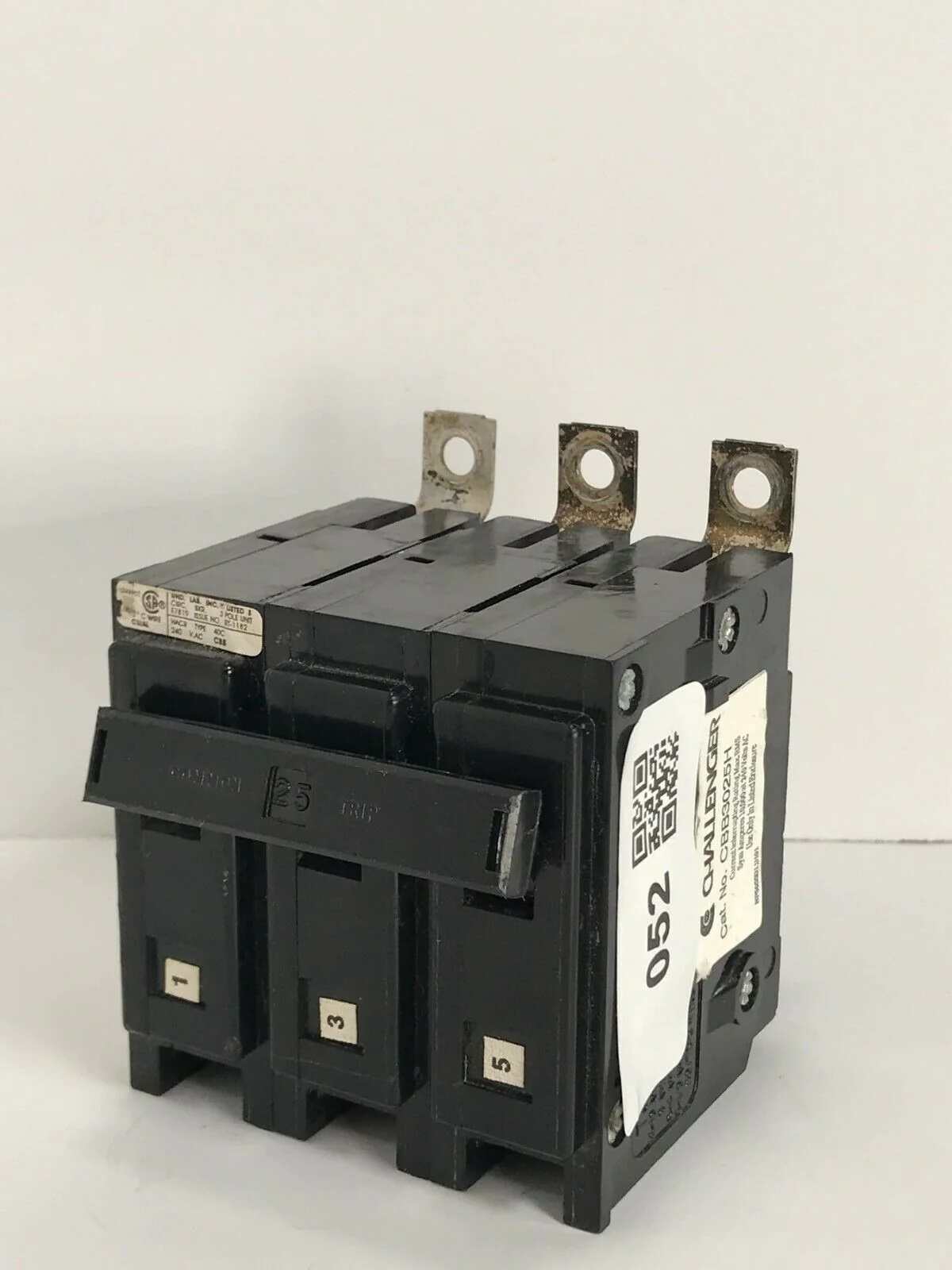
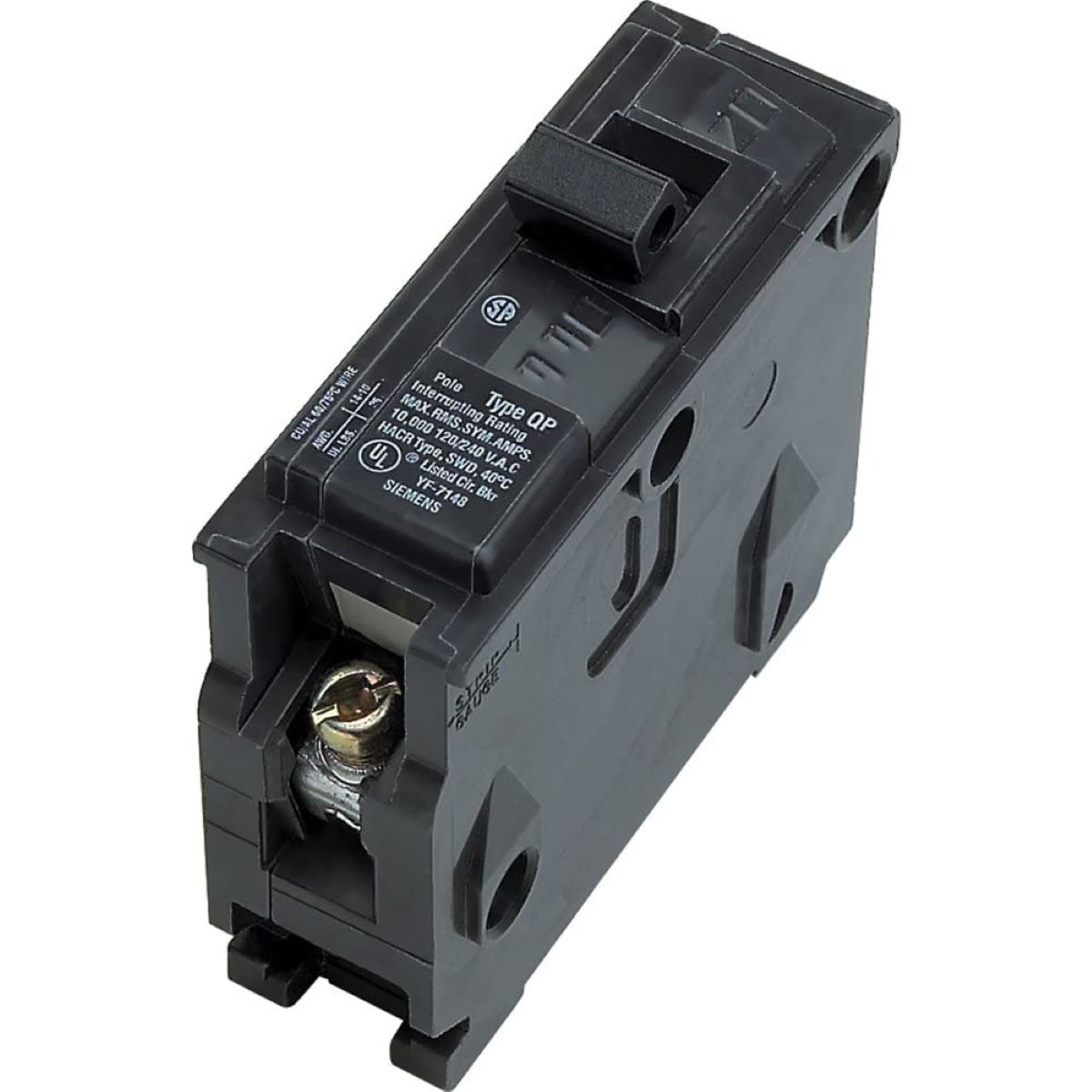
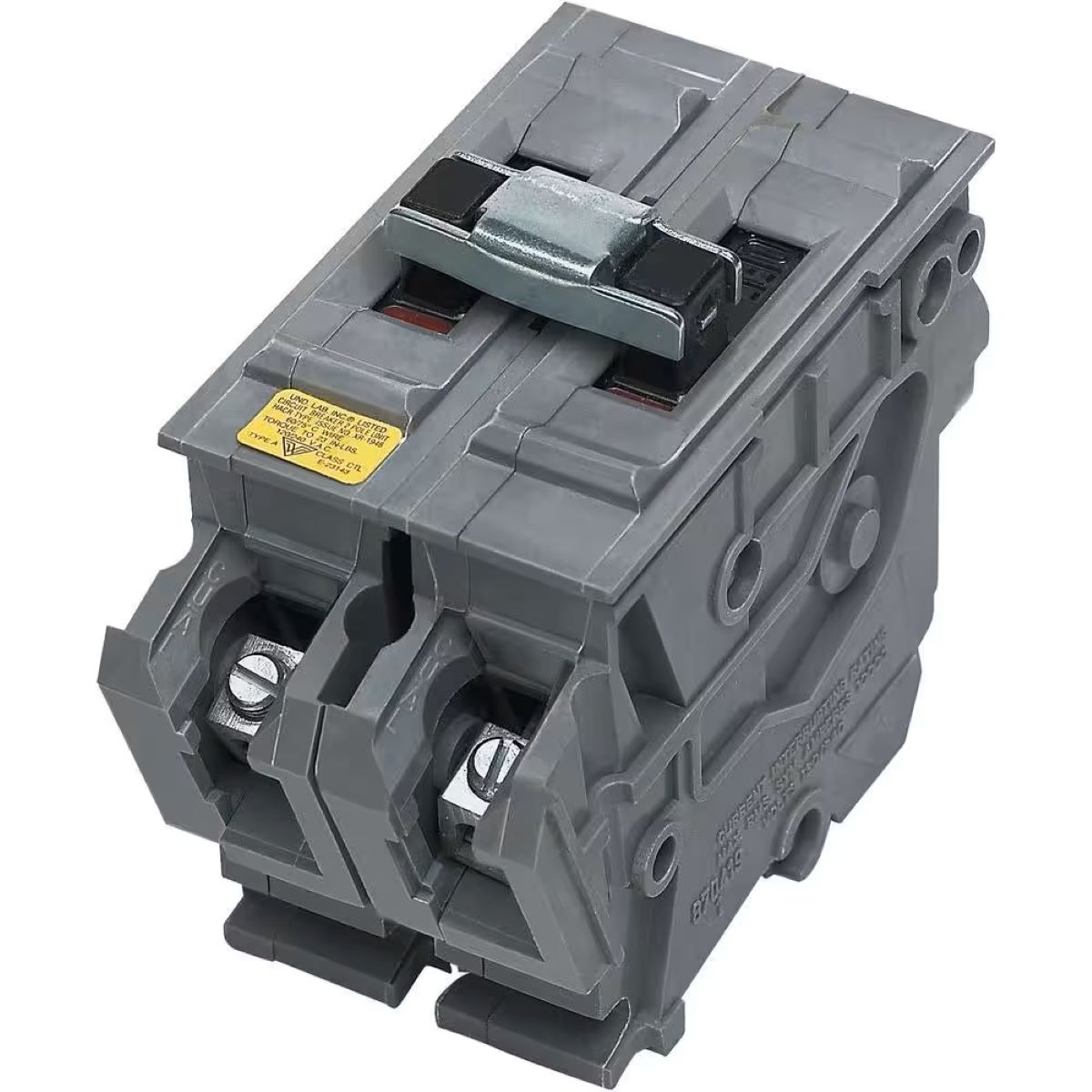
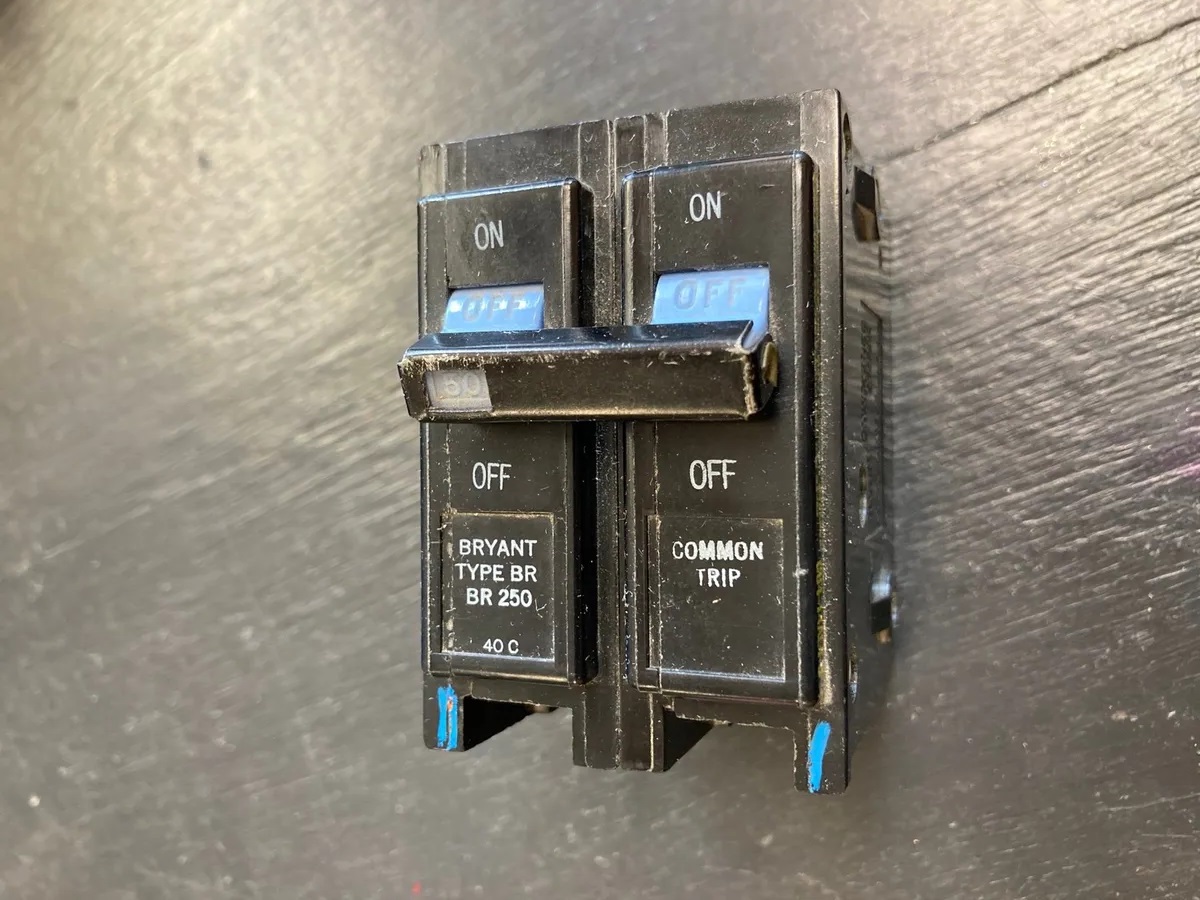
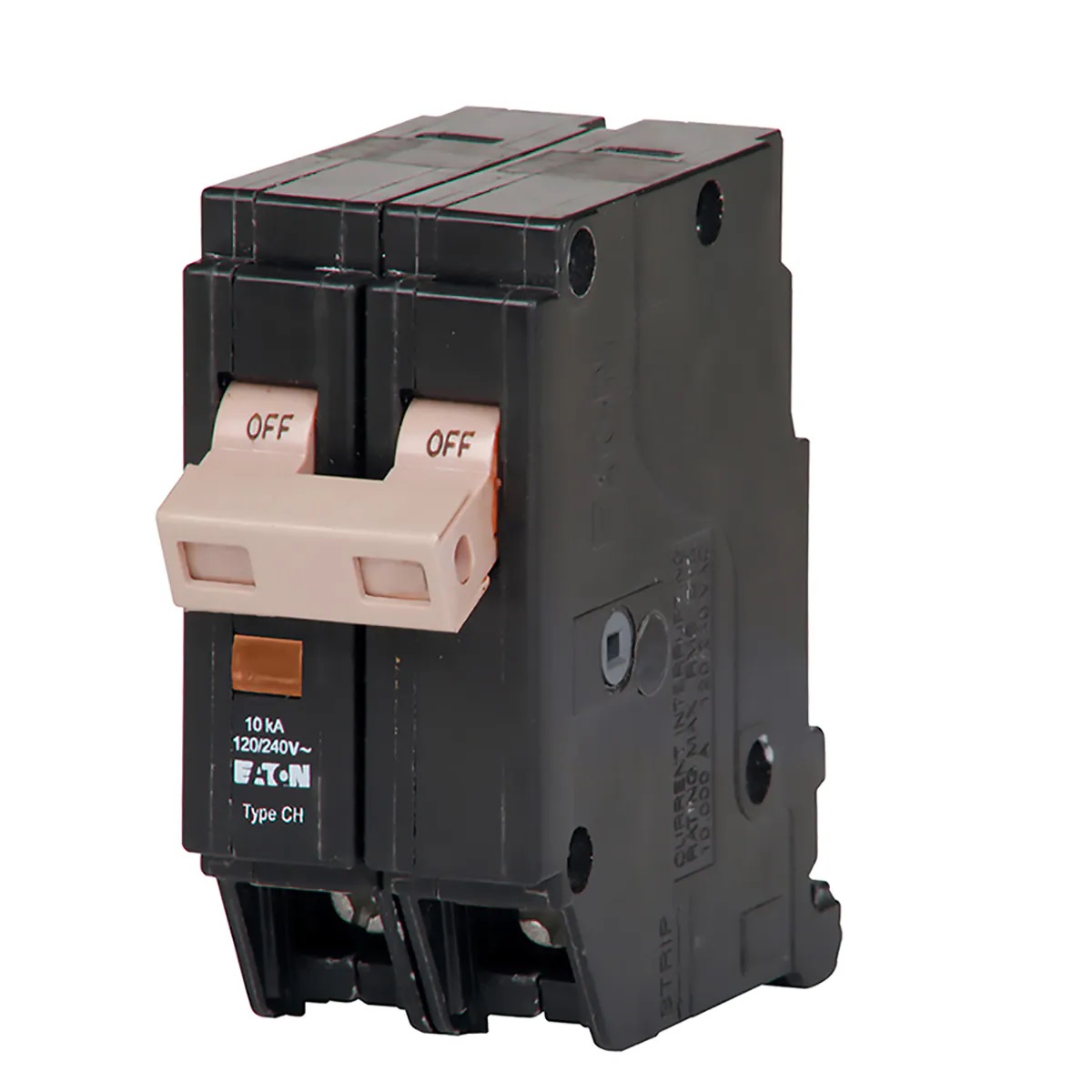
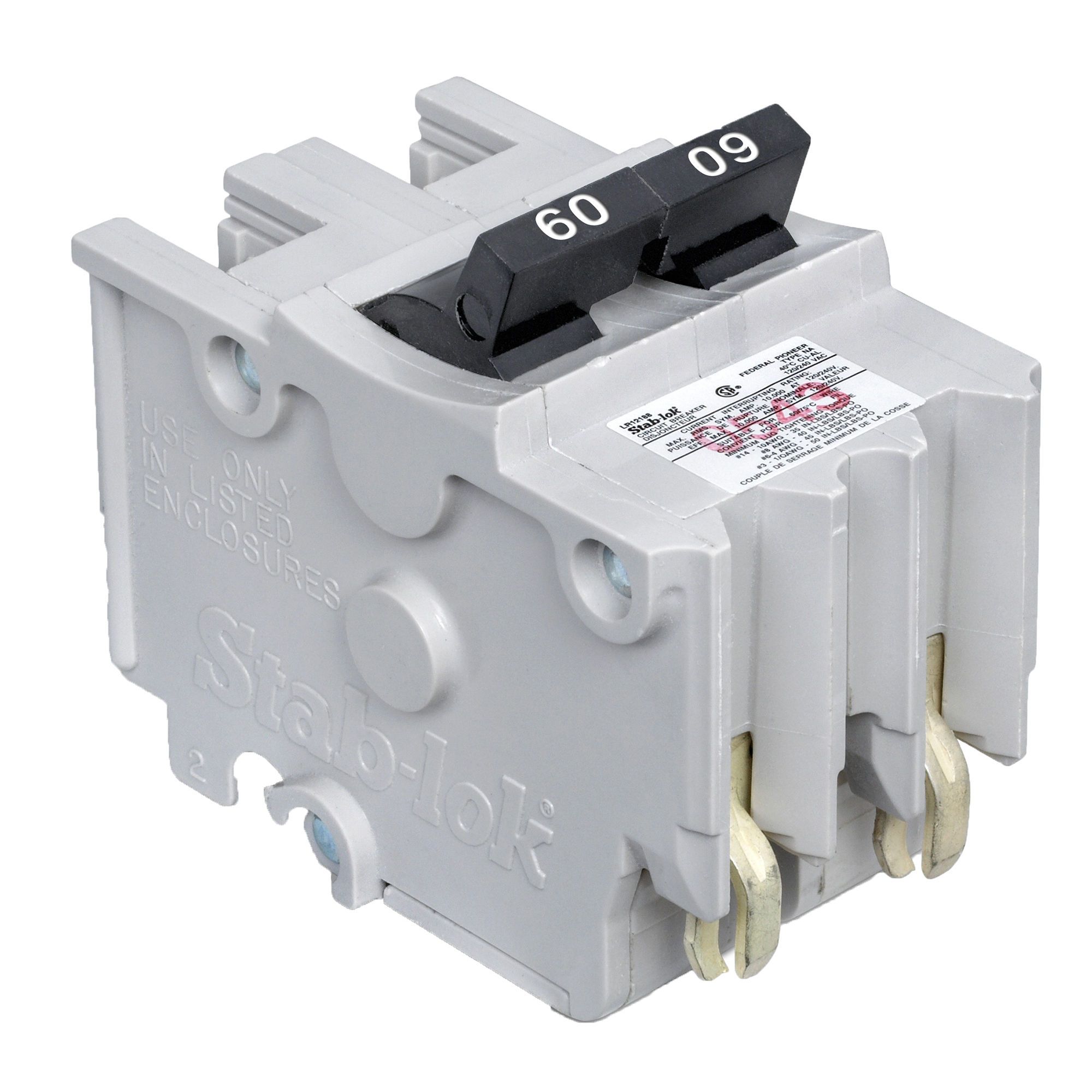
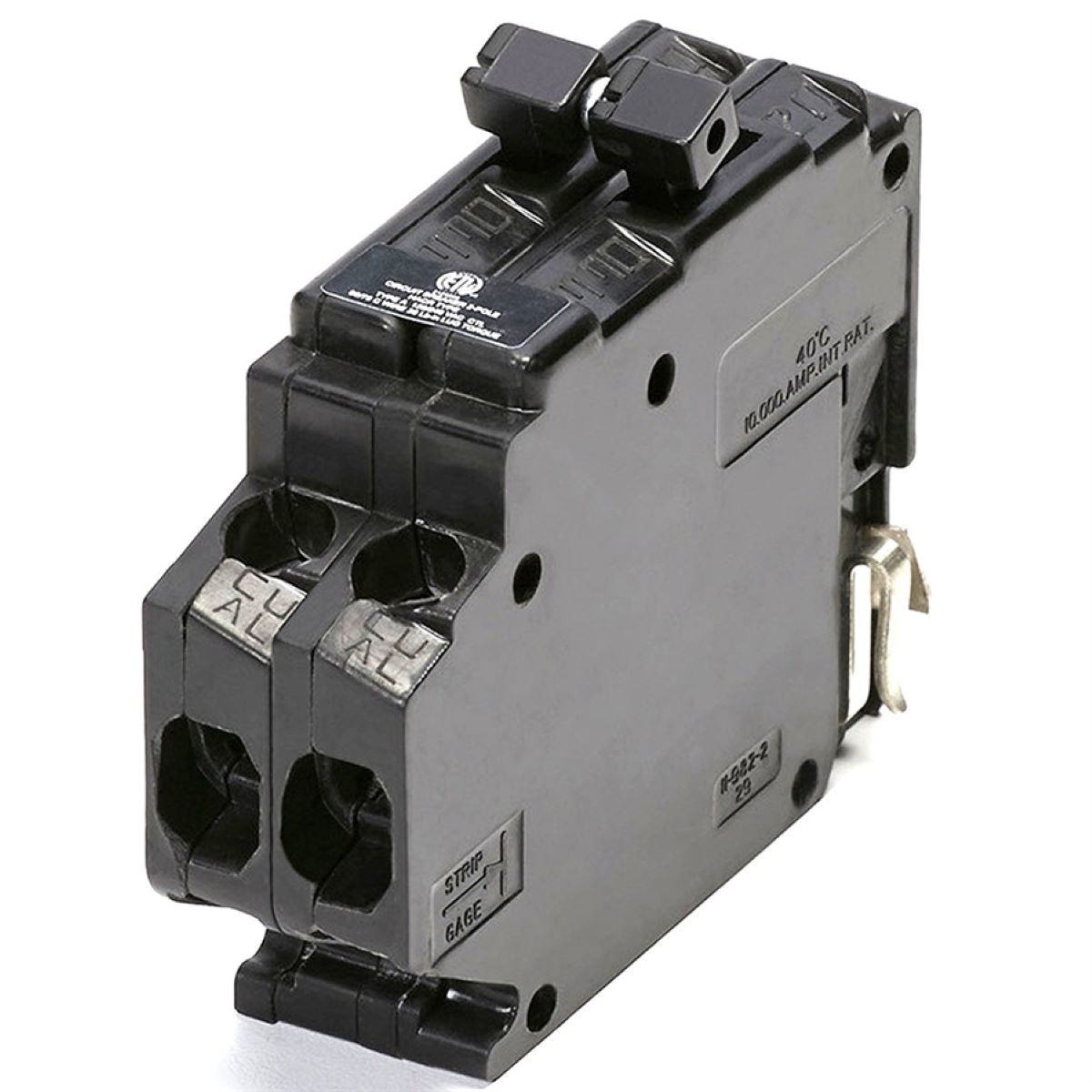
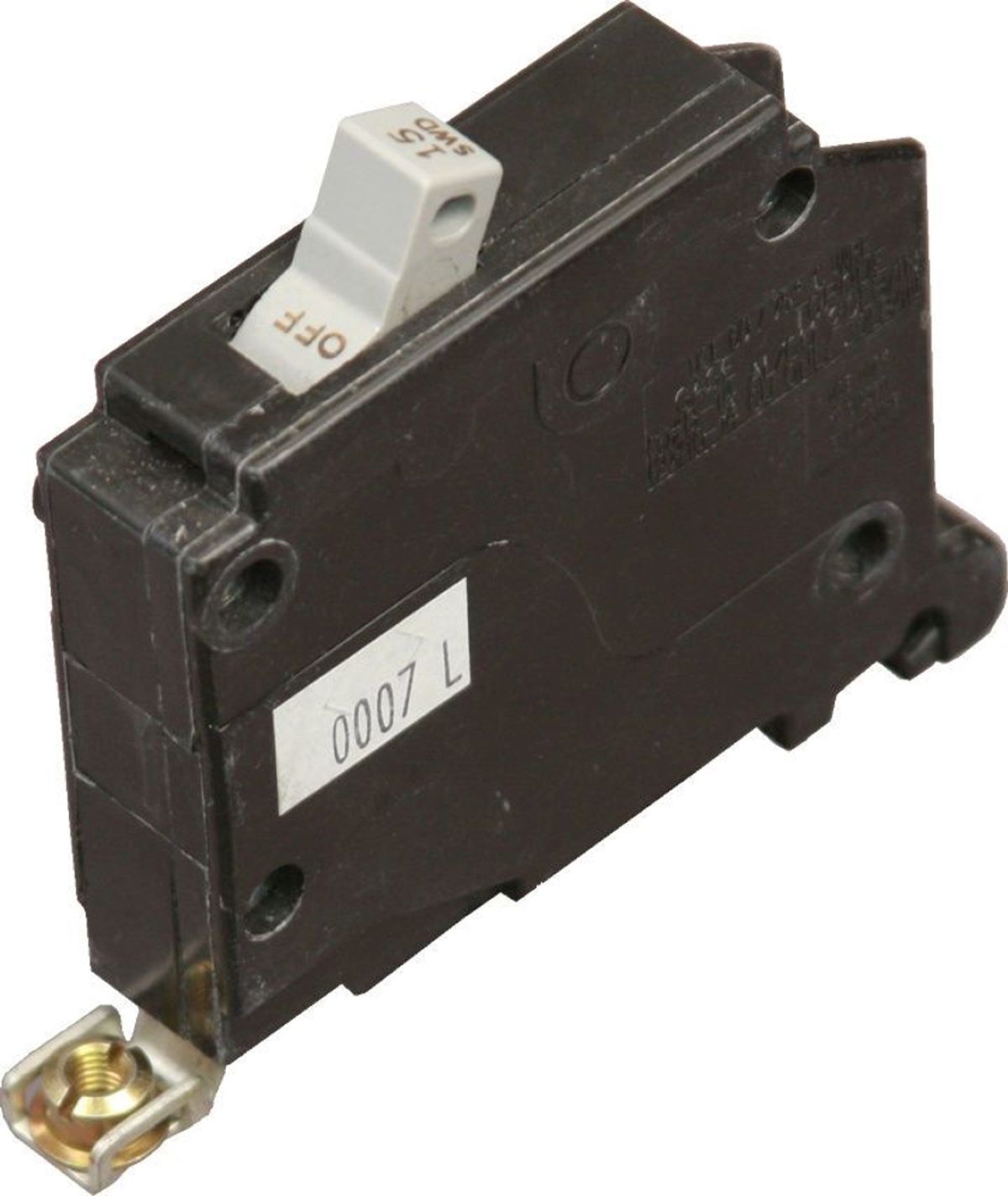
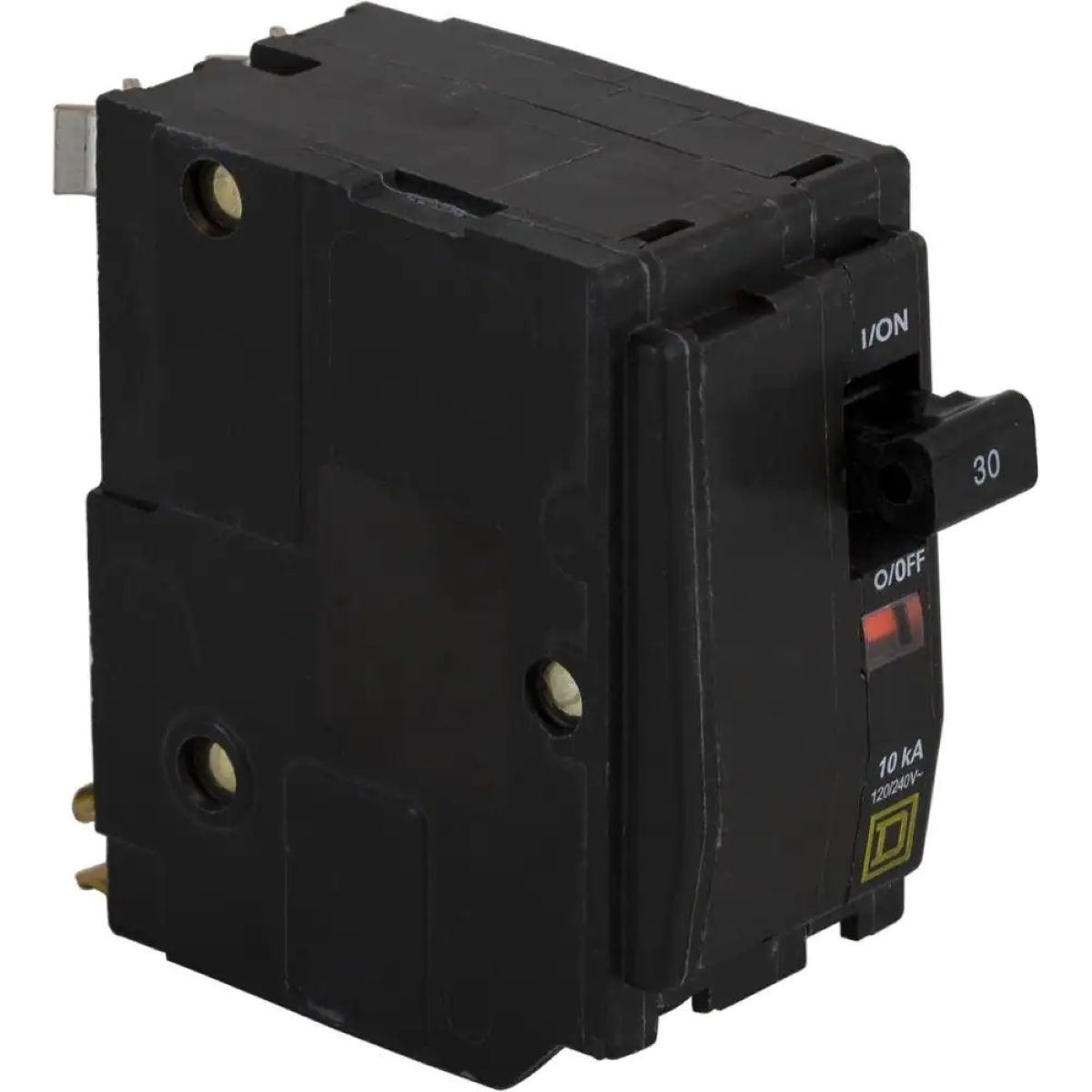
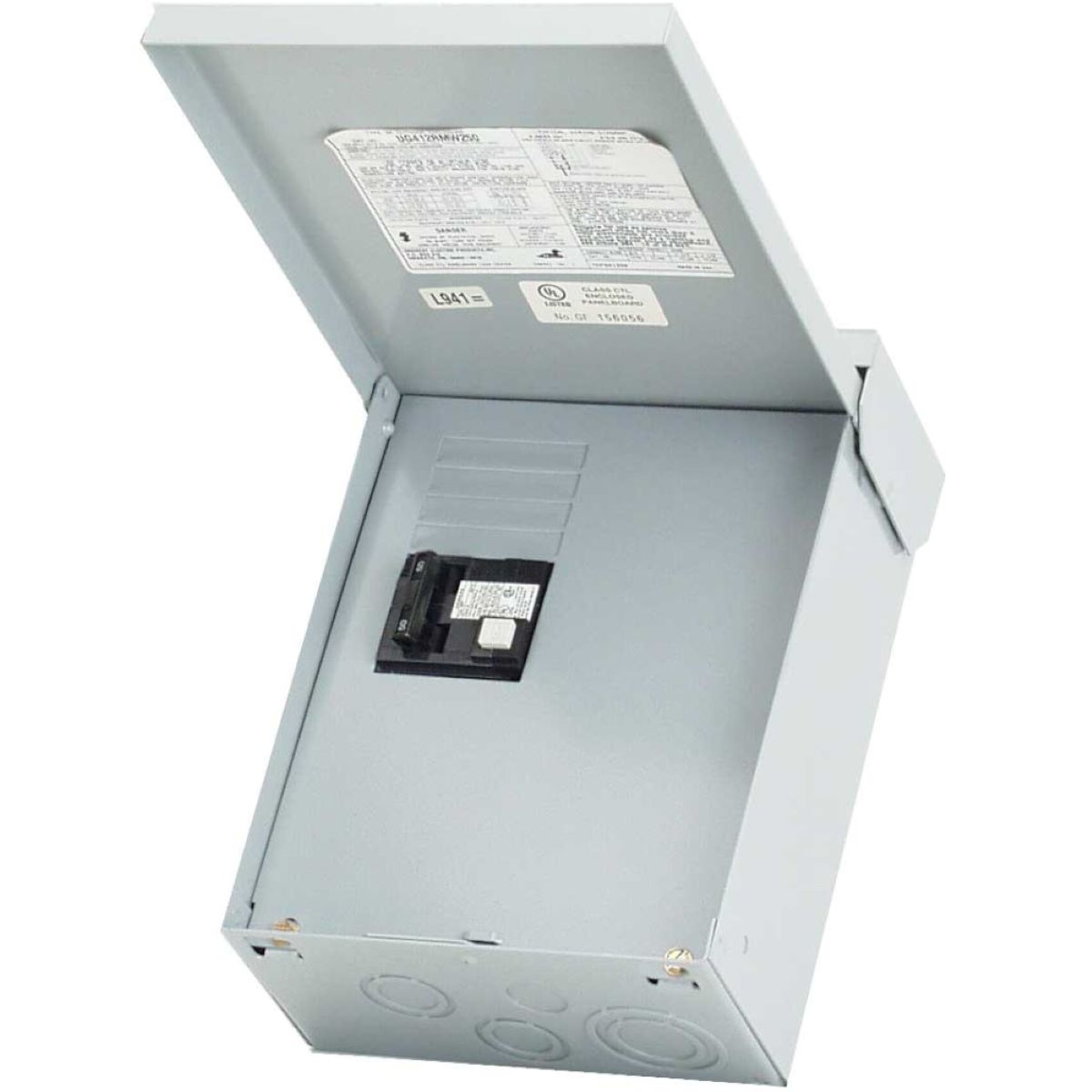
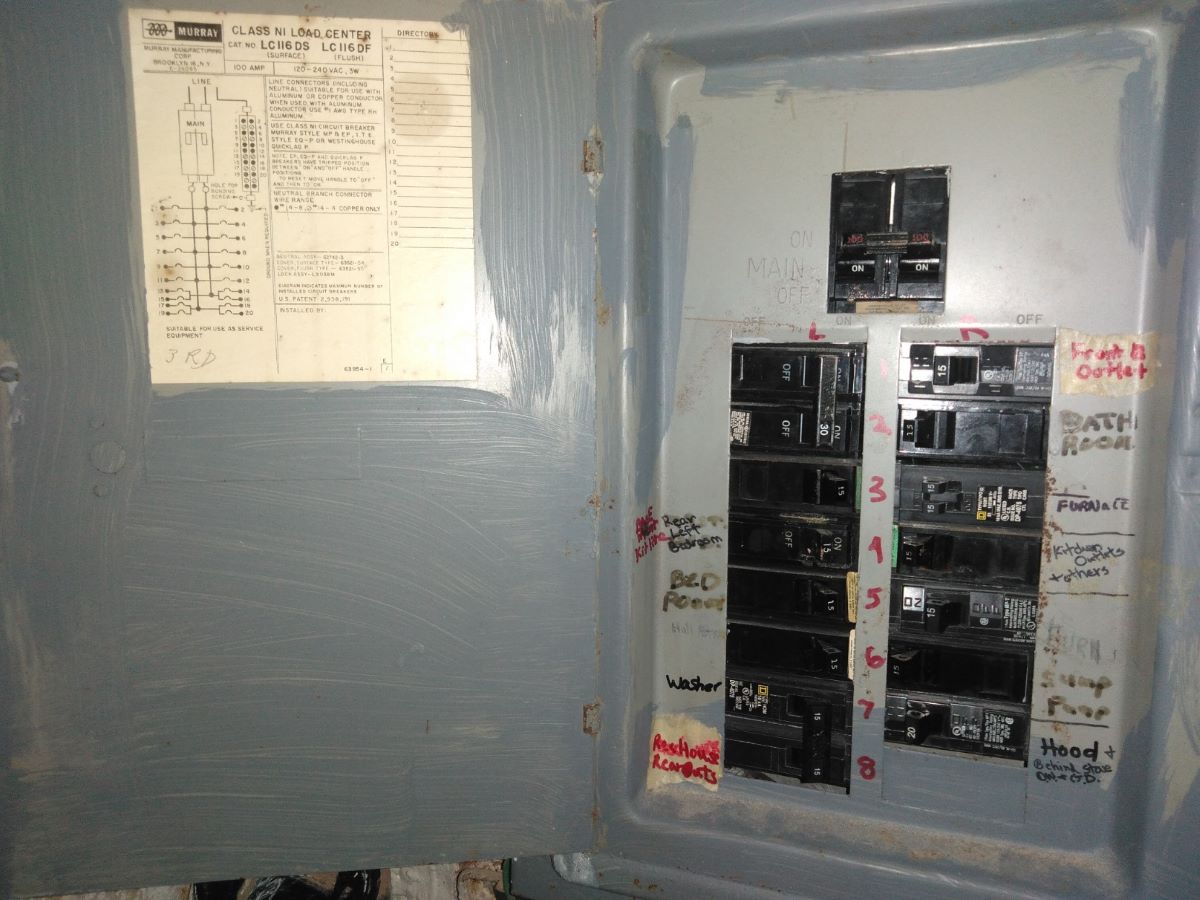
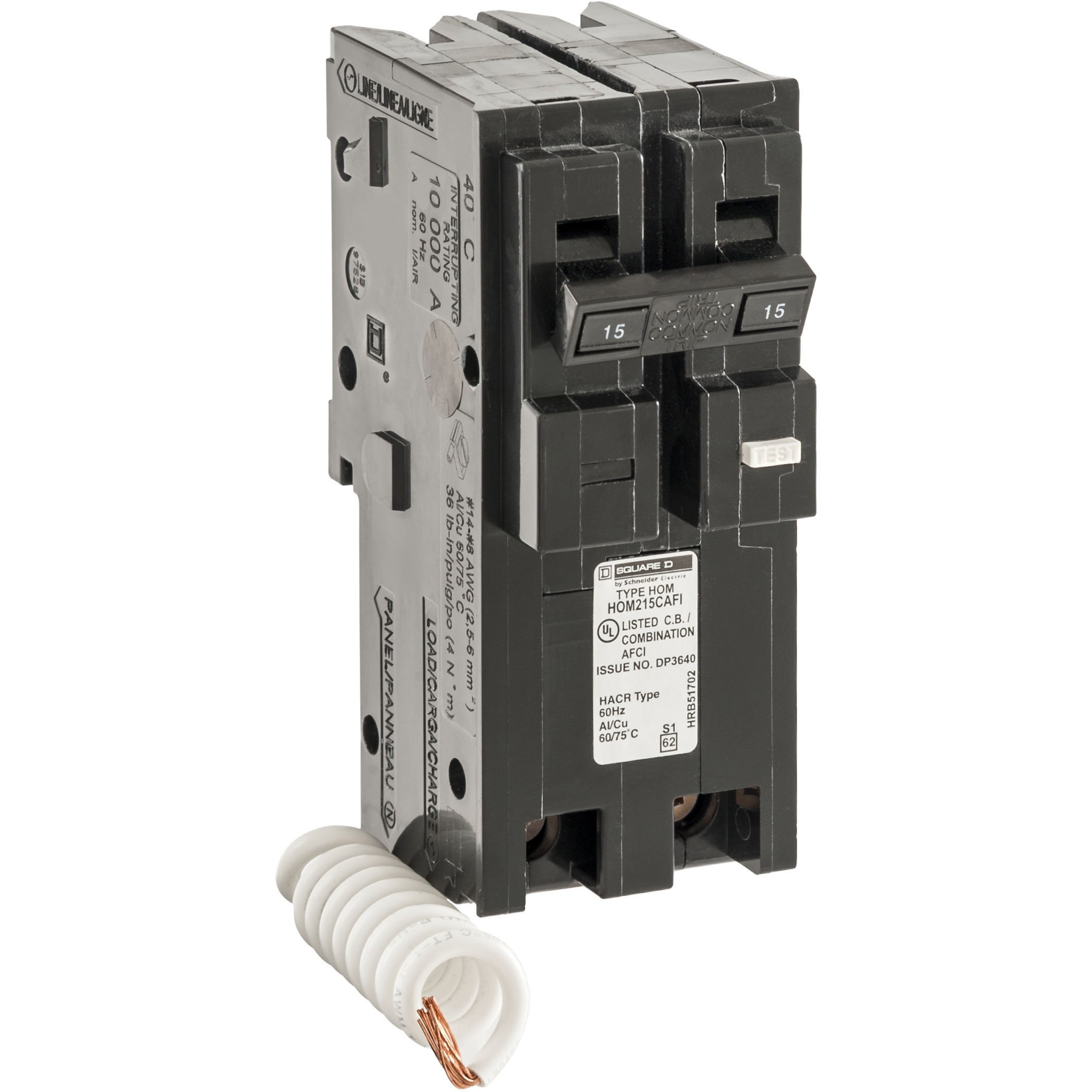
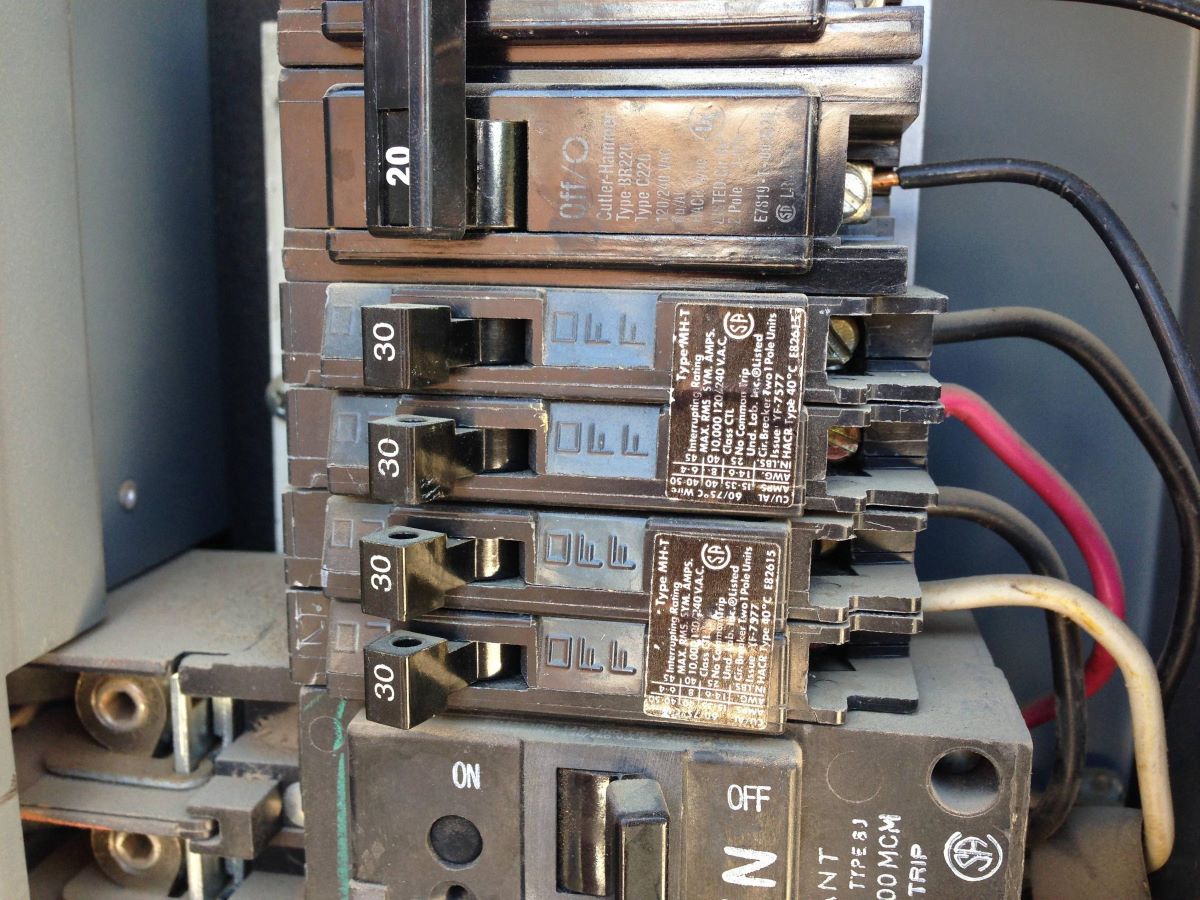
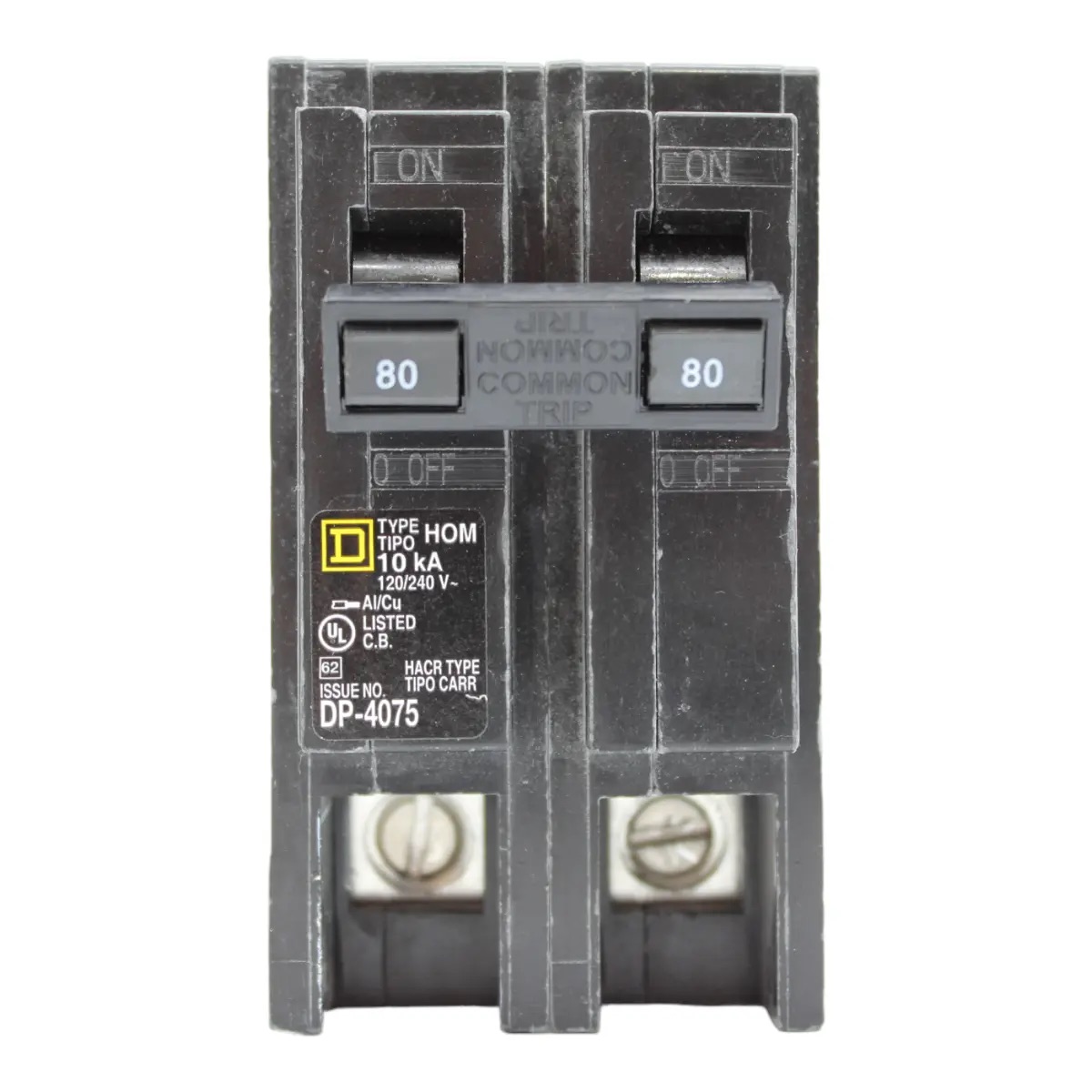

0 thoughts on “What Breakers Are Compatible With Homeline Panels”